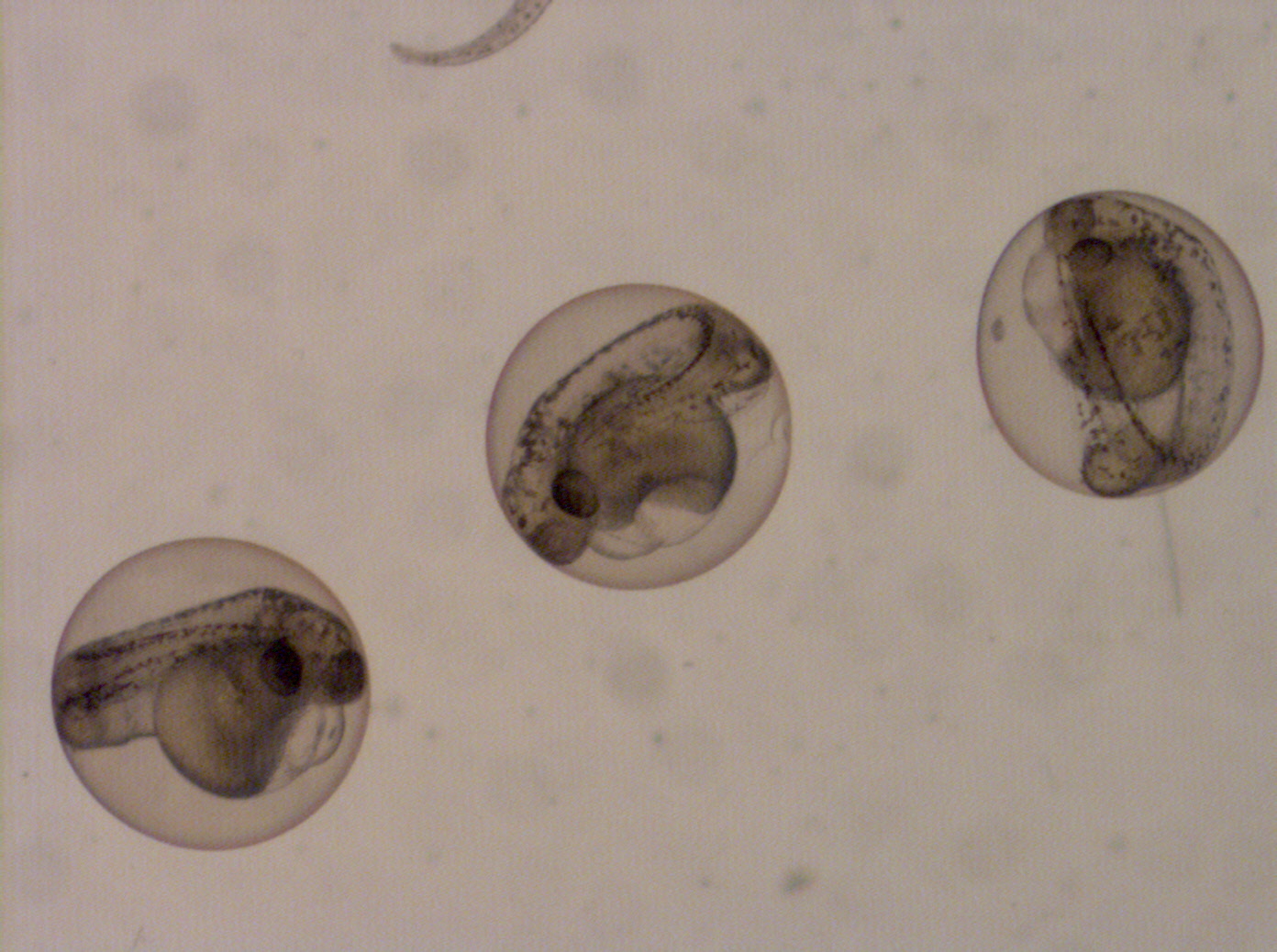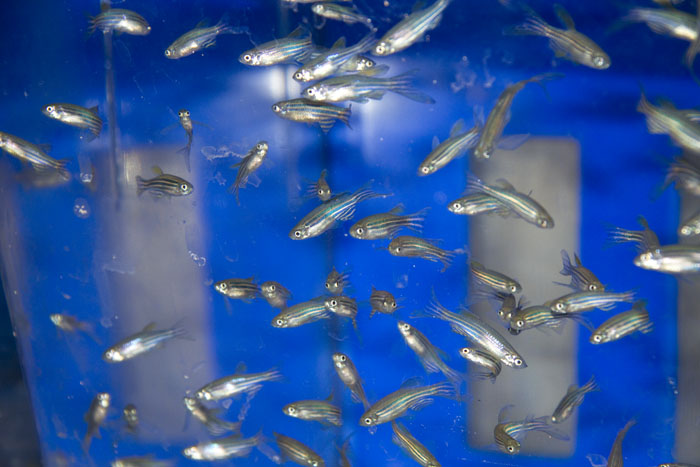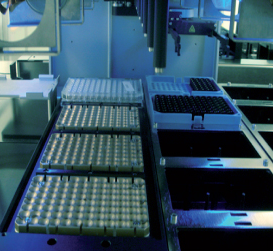-

ZEBRAFISH ANIMAL MODEL
Why use zebrafish as an alternative to mammalian species?
-
High genetic homology with humans (> 85%) Cardiovascular, nervous and digestive systems similar to those of mammals.
-
High productivity: 100-300 eggs/ mature female/ mating.
-
Small size Maintenance costs considerably lower than those for mammals.
-
Fast development and external organogenesis entire body plan established by 24 hpf and most of internal organs totally developed by 96 hpf.
-
Transparent embryos. Organs, cells, and tissues are visualized in vivo and investigated in realtime.
-
Easily manipulated using well establish genetic and molecular approaches.
-
Small quantity of test compounds are needed. Addition directly to the embryo media.
-
Use of fluorescent zebrafish allows automation of assays to HCS levels.
-
Cost and time efficiency compared with other animal models.
-
-

FACILITY
The Biobide Zebrafish Facility can house more than 80.000 fish. Our highly qualified human team takes care of the fish with the rigorous health and welfare standards essential for our assays. With more than 35 diferent lines, some of them generated in house, Biobide’s Zebrafish Facility has the capability of providing fish to the laboratory to develop our client assays.
-

AUTOMATED HIGH CONTENT SCREENING PLATFORM
Biobide has developed a fully automated platform to reproduce the manual process of screening in a 96-well plate format 'in vivo' with zebrafish embryos.
The zebrafish model can be adapted to HCS PLATFORMS allowing:
-
Higher analysis capacity: more compounds tested in less time.
-
Higher speed: the higher analysis capacity shortens necessary testing times, with zebrafish embryos.
-
More relevant information to be provided: the automated High Content Screening in zebrafish ('in vivo') gives more information than 'in vitro' screenings, because the study is based on an organism rather than on an isolated cell.
-

